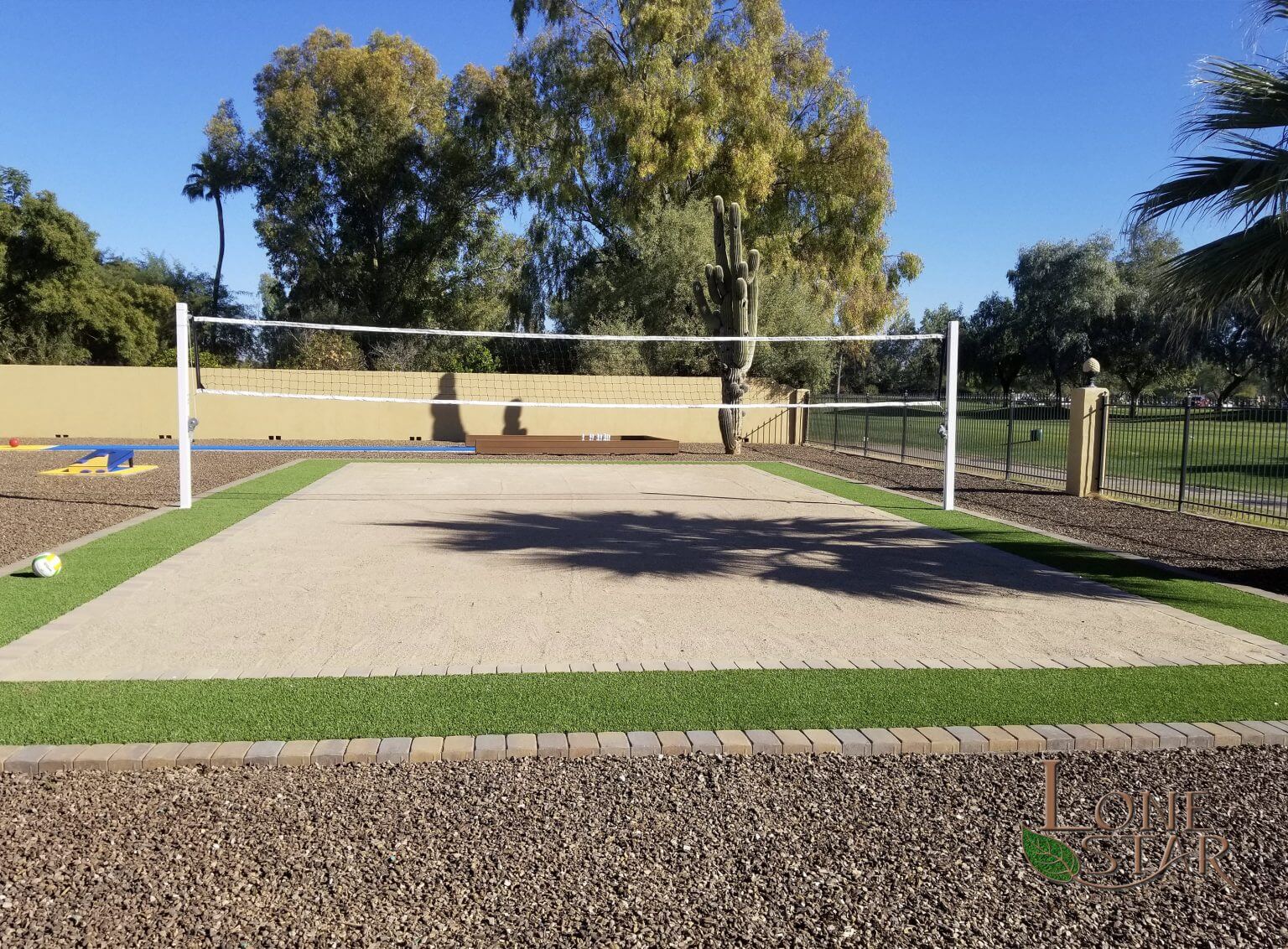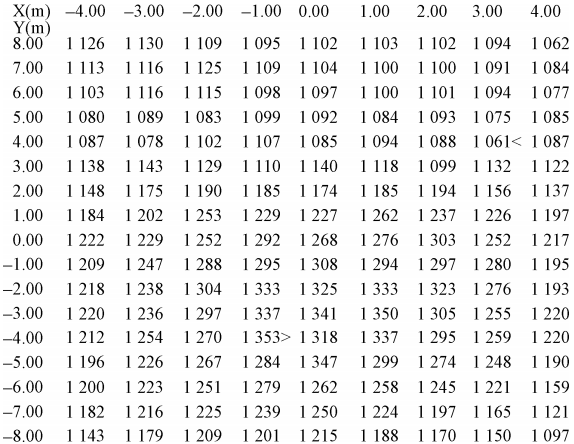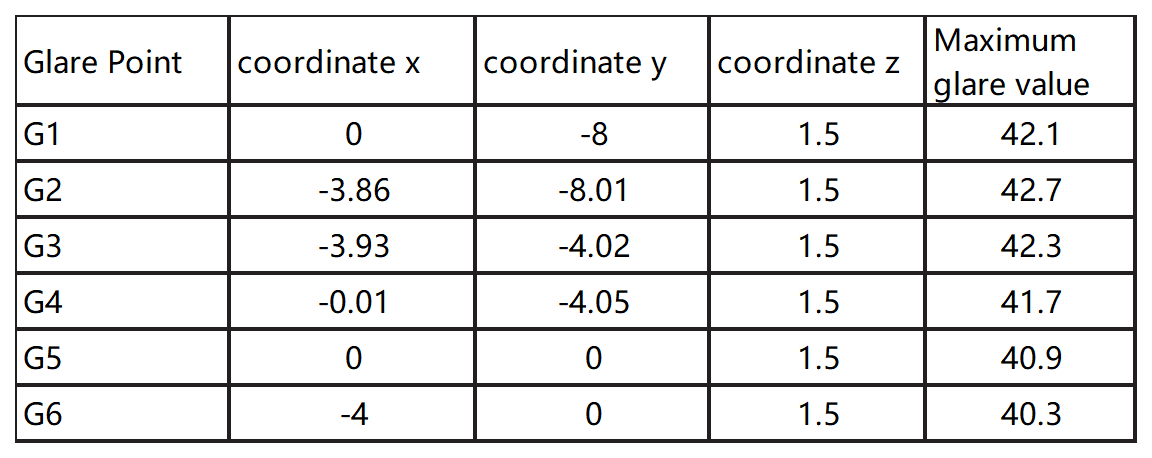Sand Volleyball Court Lighting Design: Led Lights for Volleyball Court

Directory:
1. Sand Volleyball Court Lighting Design Solution
2. Sand Volleyball Court Lighting Simulation Calculation
3. Result Analysis
4. People Also Ask
To fulfill the demands of sports lighting for adequate illumination and clear game broadcasts, a stadium requires a high-quality, professional lighting design. An effective sports lighting design must take into account various factors such as sufficient brightness, uniformity, glare control, shadow effects, and color accuracy, which are more stringent than those for regular building lighting.
Therefore, precise calculations for illumination, uniformity, and glare in lighting engineering design are essential. In China, common methods for calculating illumination include the unit capacity method, utilization coefficient method, and point-by-point calculation method. Utilizing these methods for stadium lighting design results in extensive calculations, and achieving the necessary accuracy can be challenging.
This article uses the sports lighting design of a sand volleyball court as a case study and employs the professional lighting design software Calculux Area to conduct illumination simulation calculations, serving as a reference for sports lighting design.
1. Sand Volleyball Court Lighting Design Solution
1.1 Project Overview
The sand volleyball court is classified as a Class A stadium, with a competition area (PA) measuring 16 m × 8 m and a total competition area (TA) of 28 m × 20 m. The overall dimensions are 64 m × 56 m, designed to accommodate 3.000 to 4.000 spectators, and the sports facilities must meet the standards for national and international TV broadcasts.
1.2 Analysis and Discussion of Lighting Schemes
In accordance with the lighting design standards for sports venues, the vertical illumination requirement for the main camera direction of the sand volleyball court is Evmail ≥ 1.000 lx, while the requirement for the auxiliary camera direction is Evaux ≥ 750 lx, and the general color rendering index should be Ra ≥ 80.
Currently, sport lighting layouts can be categorized into four-tower, multi-tower, light strip, and other configurations. The multi-tower layout often fails to meet TV broadcasting requirements and can obstruct audience views, while the light strip layout necessitates strict glare control. To satisfy the competition's illumination needs, this paper proposes a four-tower lighting approach.
The power per unit area of the floodlight is represented by formula (1).
![]()
P represents the power per unit area, Emin denotes the minimum brightness of the lit horizontal surface, η indicates the efficiency of the lamp, η1 refers to the light efficiency, U stands for the utilization coefficient, U1 signifies the uniformity of illumination, and K is the maintenance coefficient.
The vertical illumination at a specific point is expressed in equation (2).
![]()
2. Sand Volleyball Court Lighting Simulation Calculation
2.1 Calculux Area Simulation Procedure
Launch the Calculux Area software and initially choose the lighting design based on the specifications and illumination needs of the volleyball court. Input parameters such as lamp locations and illumination angles, then adjust these coordinates and angles based on the feedback from the illumination values. Repeat the calculations and compile the results into a report.
2.2 Simulation Outcomes
The Calculux Area software produces a report that includes details about the project, horizontal and vertical illuminance levels, a list of materials and equipment, illuminance isovalue curves, lamp projection angles, coordinates of glare points, and a glare value table for the sand volleyball court lighting project.
A rectangular coordinate system is established with the center of the main stadium as the origin. Light towers are positioned at each corner, with lamps evenly distributed on the towers. Each arrow (→) emanating from the towers indicates the projection angle of the respective lamp sets. The symbol "■" in the PA venue denotes glare points, with only six glare points selected for symmetry.
Figure 2 displays the vertical illuminance from the main camera of the sand volleyball court. A rectangular coordinate system is set up with the center of PA as the origin. PA is segmented into 1 m × 1 m grids, totaling 153 grids. In the figure, x and y denote the coordinates of each grid's center. The values shown represent the illumination levels at the center of each grid, as determined by simulations using Calculux Area software.
Fig.2 Vertical illumination in PA area of sand volleyball court

Table 2 displays the glare point coordinates for the volleyball court. As per the lighting design standards for sports facilities, outdoor sports lighting should maintain a glare index of GR≤50 for individuals. The glare values listed in the table comply with these regulations.
Table 2 Glare point coordinate and glare value

The Calculux Area software enhances the professionalism of sports lighting design by transforming a previously intricate process into a more visual and straightforward one, significantly decreasing the workload and increasing the precision of illumination calculations.
3. Result Analysis
Calculux Area is specifically tailored for sports lighting design, producing an illumination calculation report that consists of four sections: project description, summary, calculation results, and lighting equipment data. The calculation results section details the horizontal illumination and camera illumination values, iso-contour lines, and glare values. The project description provides an overview of the site layout, including a 3D map and the arrangement of lighting equipment. The lighting equipment data outlines the quantity, specifications, coordinates, and specific conditions of each lamp's switches under various lighting schemes.
In the illumination calculation report generated by Calculux Area, the vertical illumination at the center of the competition venue grid facing the main camera exceeds 1000lx. The average illumination across the entire competition area is 1028lx, with a minimum to maximum illumination ratio of 0.49 (greater than 0.4) and a minimum to average illumination ratio of 0.64 (greater than 0.6). The glare value in the venue is recorded as GR≤ 50.
Calculux Area is a specialized software for sports lighting design, providing more accurate simulated illumination calculations during the design process. The automatically generated calculation report offers a comprehensive simulation result, which holds significant academic and practical value in the current applications of sports lighting design.
4. People Also Ask
What is the best lighting for a sand volleyball court?
The optimal lighting for a sand volleyball court should combine high uniformity, glare reduction, and energy efficiency. LED systems with wide-beam angles and diffusers effectively distribute light while minimizing glare, crucial for tracking fast-moving balls. Incorporating adjustable LED fixtures enhances visibility across day-night transitions, improving player performance and comfort.
What are the lighting requirements for volleyball?
The ideal volleyball lighting requires uniform illumination with minimized glare to ensure visual clarity during fast-paced play. LED systems incorporating diffusers and wide-beam angles enhance light distribution while reducing player discomfort.
Adjustable fixtures (e.g., 415 lux setups) adapt to daylight transitions, maintaining consistent visibility. Energy-efficient LED designs balance performance with sustainability, and enclosed luminaires withstand outdoor/corrosive conditions.
What is the lux level for volleyball court?
The recommended lux level for volleyball courts is ≥300 lux to ensure optimal visibility and player performance, supported by uniform LED systems that minimize glare and adapt to lighting conditions. Higher-tier competitions may require up to 500 lux for enhanced precision in tracking fast-paced actions. Proper luminance balance reduces eye strain and supports accurate spatial judgment during play.
_thumb.jpg)